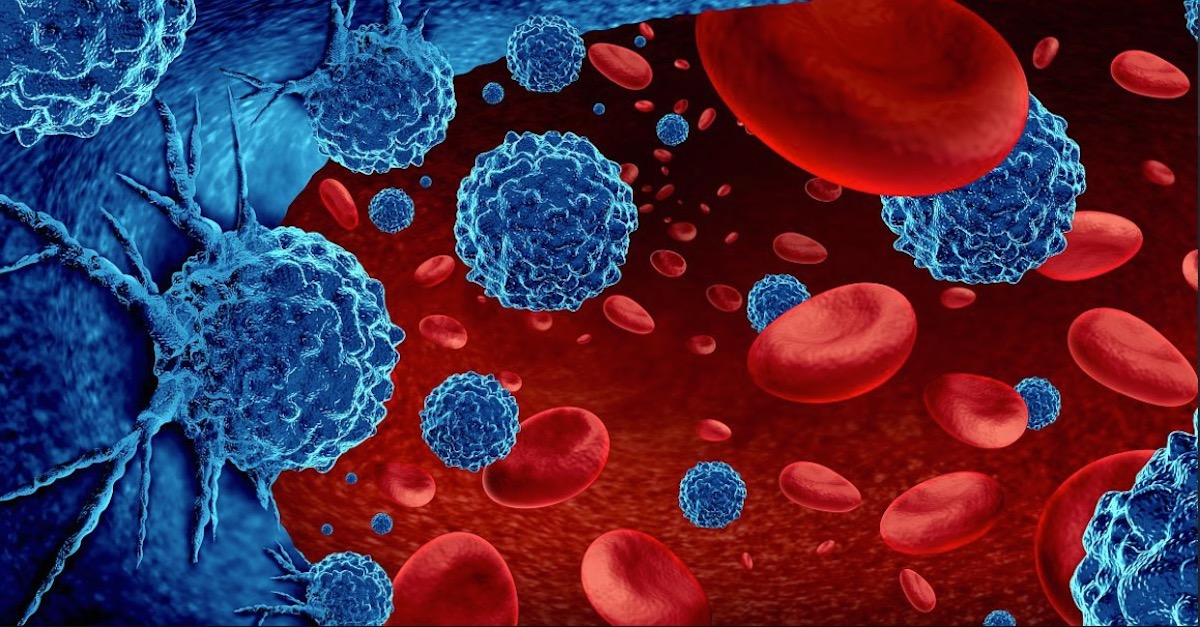Receiving a diagnosis of cancer is a nightmare for most patients. After times of uncertainty, you finally know what it is, but for most diagnosed patients, it is just the beginning of more uncertain times. After the diagnosis, you’ll get more and more tests, and, if possible, you’ve to start treatment immediately. Approximately 100,000 Americans are suffering from multiple myeloma, which makes it (fortunately) a rare form of cancer. However, this makes it crucial to detect symptoms as soon as possible because the sooner a diagnosis is made and treatment initiated, the better the chances are.

What is Multiple Myeloma?
First, it’s important to know what multiple myeloma – sometimes just called myeloma – is and if there are different types of this disease. Multiple myeloma is a form of cancer that affects the plasma cells. Plasma cells, also called plasmacytes, are a type of white blood cell and are incredibly important for your body. They make large amounts of antibodies which your body needs. With myeloma, the plasma cells grow out of control, mutate in abnormal cells, and produce abnormal antibodies. Eventually, there will be too many mutated cancerous cells in the bone marrow, and as a result, red & white blood cells and platelets no longer have room to grow into healthy cells. This will cause life-threatening complications.
Causes & Risk Factors
To this day, it is still not clear what causes multiple myeloma. Potential causes medical scientists are still examining include genetic mutations, environmental factors, like exposure to radiation, pesticides, and fertilizer, suffering from an inflammatory disease or condition, like Diabetes Type II or rheumatoid arthritis, and/or having obesity. Although the cause is not yet known, we already know that several factors increase the risk of myeloma. Risk factors include:
- Getting older
- Being male
- Being black
- Family history of multiple myeloma
- Having monoclonal gammopathy of undetermined significance (MGUS)
There are 3 different types of plasma tumors. The first, and most common type, is called multiple myeloma, which develops in the bone marrow and can spread throughout the body. The other two types are called solitary plasmacytoma and extramedullary plasmacytoma. The first one is a single plasma cell tumor that occurs in one part of the body (often in a bone). The latter is a plasma cell tumor that occurs outside the bones in soft tissue, like the lungs.

Symptoms of Multiple Myeloma
It is possible to suffer from multiple myeloma without experiencing signs or symptoms. That’s why it’s important to do a regular health check – and blood check – with your professional healthcare provider and see if everything is still okay. Especially as you get older, as the risk increases. The most common symptom of plasma cell cancer include:
- Bone pain
- (Severe) anemia
- Fatigue
- Feeling weak
- Weight loss & loss of appetite
- Constipation
- Regular infections
- Severe thirst
- Weakness or numbness in your arms and legs
- Mental fogginess or confusion
- Nausea
Diagnosis & Staging
If you suspect you or a loved one is suffering from undiagnosed multiple myeloma, it’s important to visit and talk to your professional healthcare provider. Your healthcare provider will listen to your concerns and do some tests, if they suspect the same, more tests will be done. Tests may include a complete blood count, blood chemistry test, urine tests, CT and/or MRI, PET scans, and bone marrow biopsies. Once the diagnosis of multiple myeloma is made, your healthcare provider will also tell you in what stage you are. The stages of multiple myeloma are:
- MGUS; blood tests show small amounts of protein.
- Solitary or isolated plasmacytomas; single groups of abnormal cells are found.
- SMM; pre-cancerous stage of multiple myeloma.
- Multiple myeloma; multiple groups of abnormal plasma cells have been found
Treatment Options of Multiple Myeloma.
Your healthcare provider will use the R-ISS system (Revised International Staging System) to stage your cancer. This system bases the severity of your cancer on blood tests and the level of albumin, beta-2 microglobulin, and lactate dehydrogenase it showed. Unfortunately, there isn’t a cure for multiple myeloma. This means the focus of treatment is to manage symptoms and extend someone’s lifespan – or no treatment is necessary. In case it is, treatment options include:
-
- Chemotherapy
- Immunotherapy
- Targeted therapy
- Stem cell transplant
- Medication
There are so many ways to treat cancer these days, the above-mentioned options are just a few examples. Sometimes they are combined, but it can also happen that these treatments do not help (anymore), so other options should be considered. That’s why it’s essential to do your own extensive online research and stay up to date about new treatments. Have you already been diagnosed with multiple myeloma but aren’t satisfied with your treatment plan? Getting a second opinion in another hospital or oncology center is always smart. Continue your search for more information about cancer & its treatment options here:

